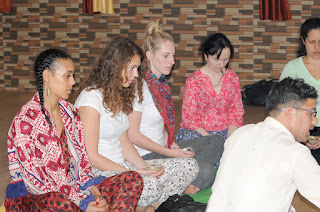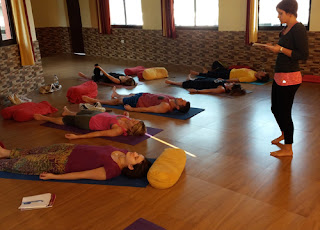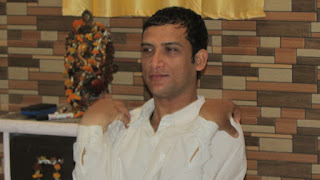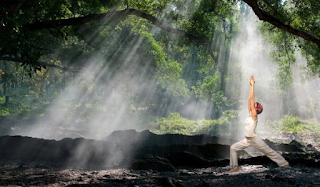Are you passionate about yoga and want to make a career out of it? Yoga as a career choice is growing with each passing day. However, when you are thinking to become a yoga instructor or trainer you need to think of how you can step into it the right way and gradually make a steady income from it. The best way to get started is to get a yoga teacher training certification which would add some credibility. While there are many yoga schools around the world that do provide yoga education, but it is recommended that you study yoga in India.
One of the reasons for why you need to go through yoga teacher training in India is because India is the birthplace of yoga. There are many people from around the world that flock to yoga schools in India to get certification and get started with their career as a yoga guru or trainer. Also, some of the best yoga schools that are recommended are in India and therefore you would want to make sure that you get your certification from some of the most widely recognized and reputed yoga schools.
Yoga schools in India offer the right training that would allow you to boost your career. You get more knowledge about teaching methodology and how you can demonstrate postures to your students and much more. The cost of learning yoga in India is very competitive compared to other countries. With Kaivalya Yoga School, you can study yoga TTC in India and get the right training to boost your training career.



































